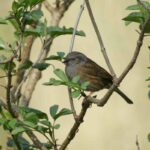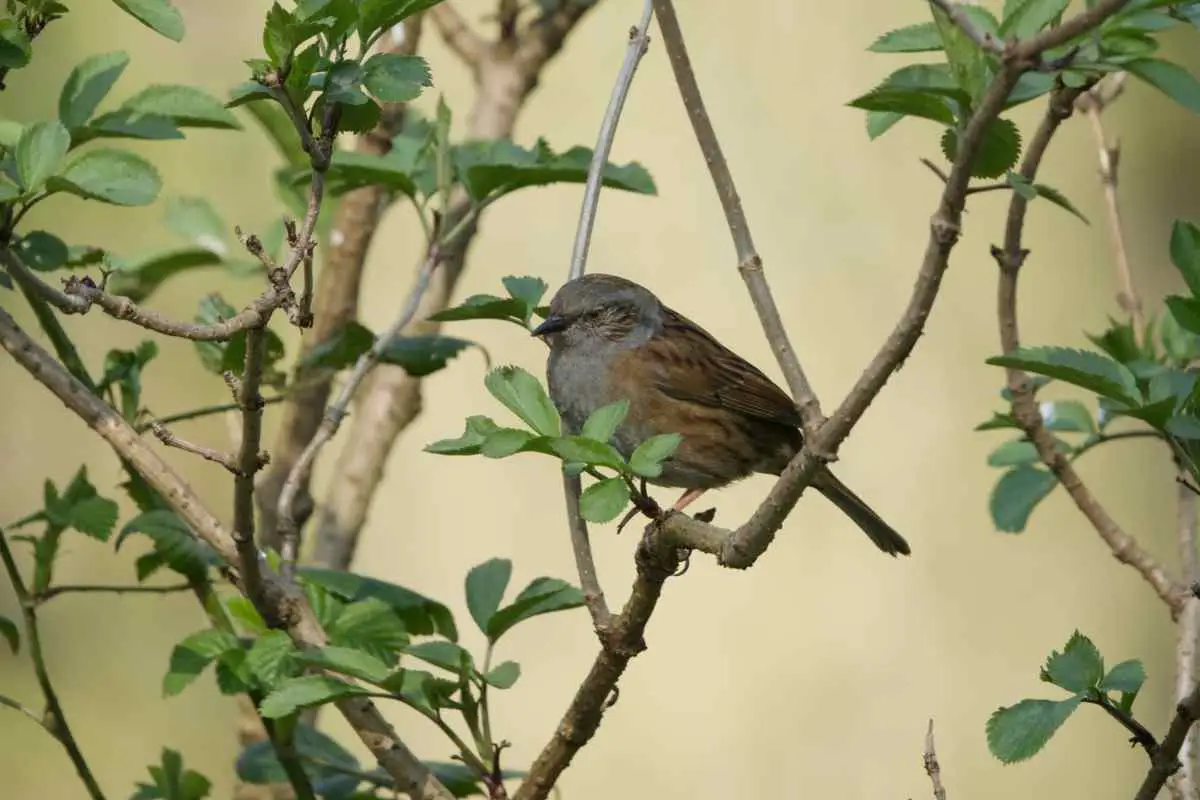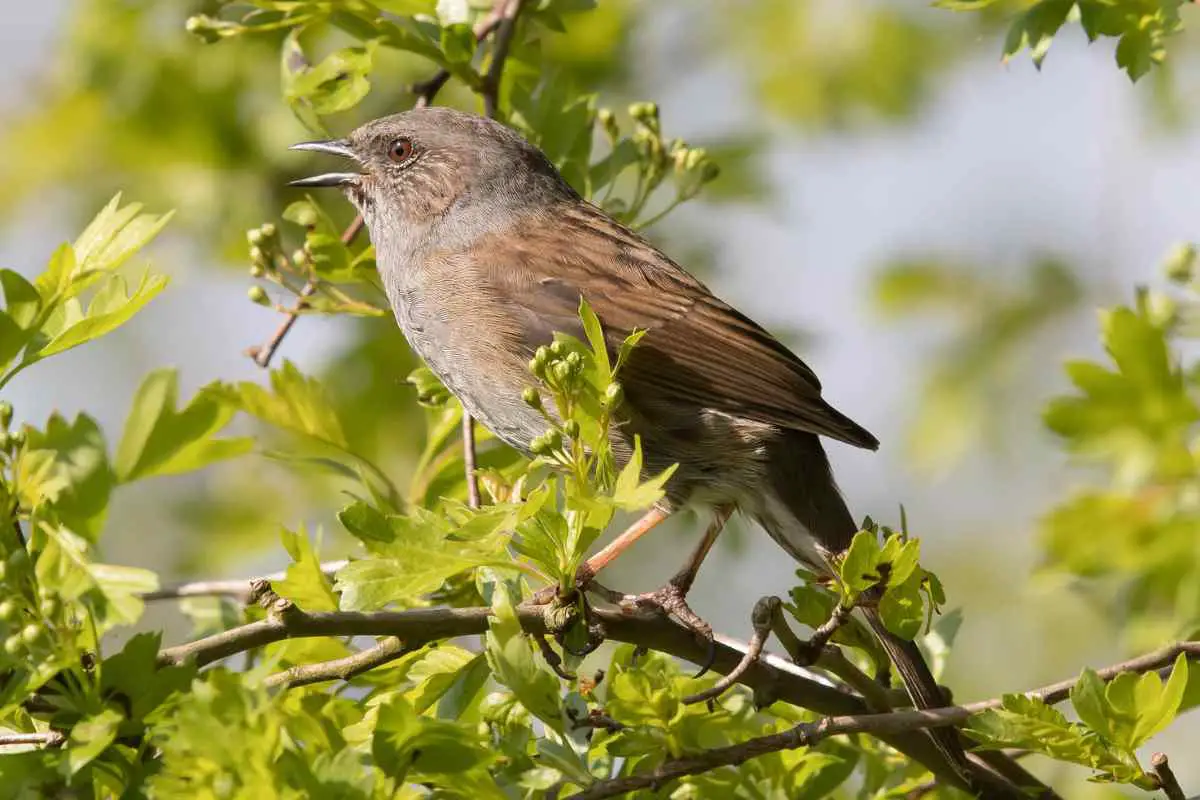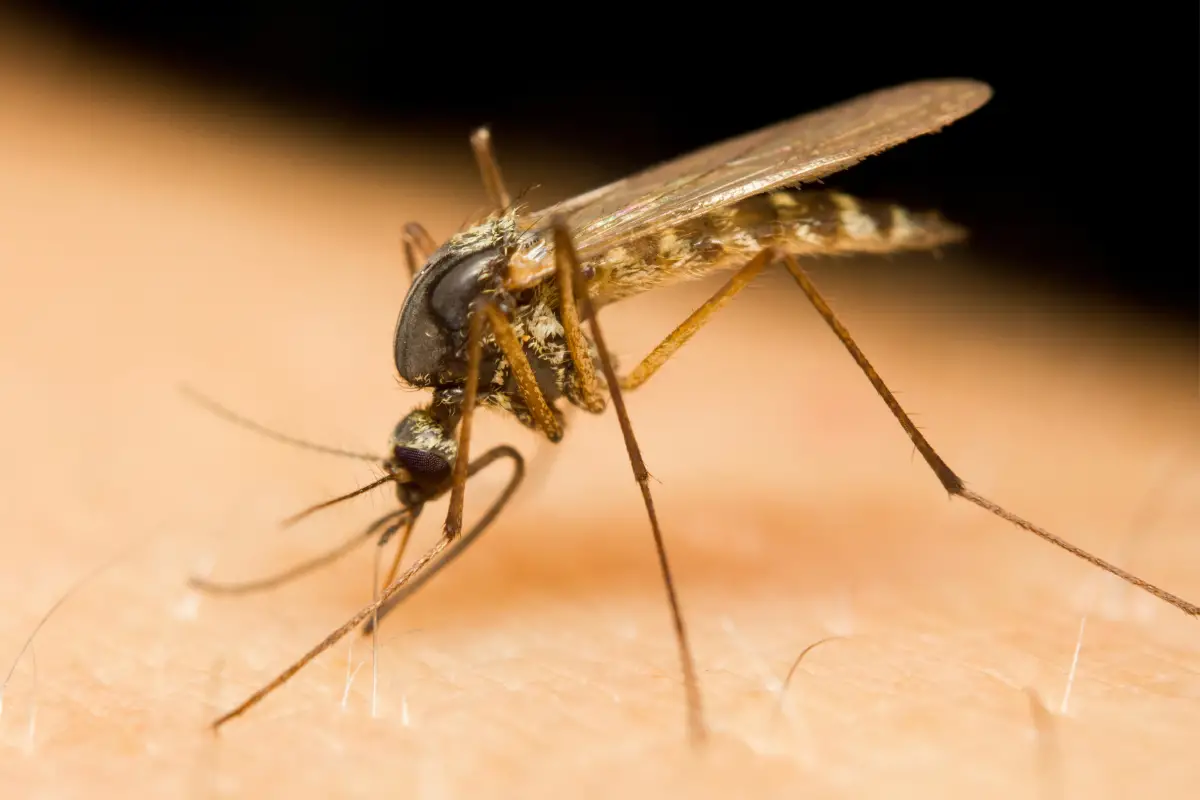Many people enjoy observing birds in their gardens, but telling a dunnock from a sparrow can be tricky. Both birds share some similar features, which often leads to confusion. Dunnocks have a slimmer body and a more pointed beak, while house sparrows are generally chunkier with a sturdier beak.
To spot the difference, one can look closely at their coloring and behavior. Dunnocks typically have a more subdued brown color with streaks, while house sparrows boast a bold mix of brown, grey, and black feathers. Observing their habits can also help; dunnocks often forage on the ground, while sparrows can be seen in groups chirping energetically.
By learning these key traits, birdwatchers can enjoy their time outdoors even more. Knowing how to identify these two birds can add excitement to any birdwatching experience.
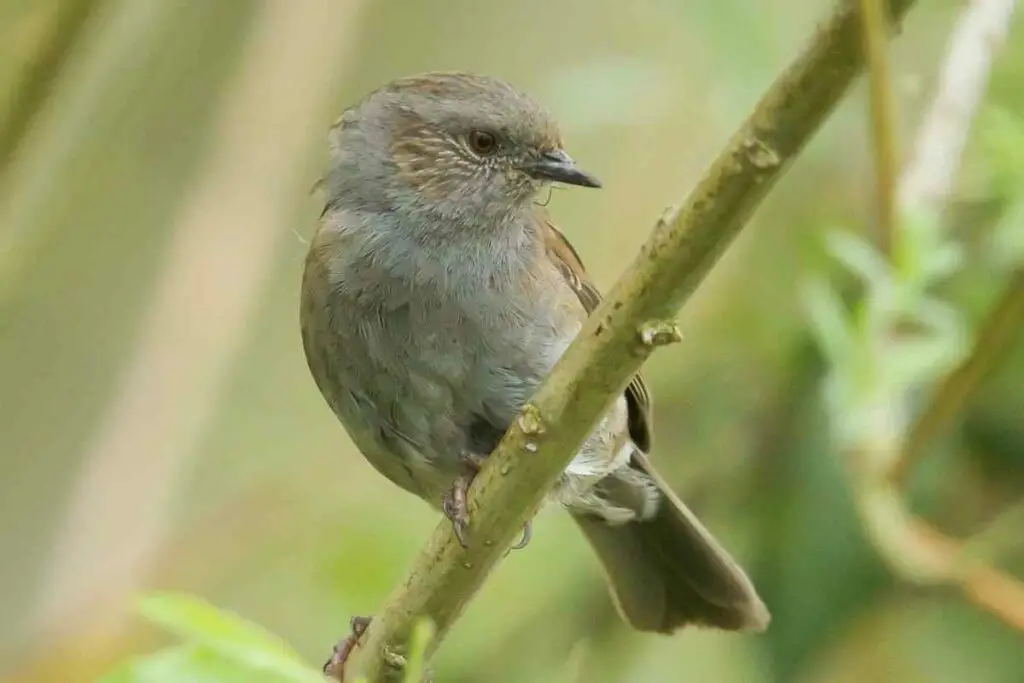
Table of Contents
Identifying Features
Knowing how to tell a dunnock from a sparrow can be fun and rewarding. These birds have distinct features in their appearance, behavior, and sounds. Here are the key differences to help identify each.
Physical Characteristics
When looking at a dunnock, it often has a more slender build compared to a sparrow. Dunnocks are typically smaller, with a length of about 14-15 cm. Their plumage is a mix of brown, gray, and blue-grey hues. In contrast, house sparrows have a more robust body and a thicker, conical beak.
Sparrows usually have a brown head with a grey crown (males) or a plain brown crown (females). The dunnock’s head appears more blue or gray, making it stand out. The beak of the sparrow tends to be thicker and heavier than that of a dunnock, which is slender and pointy. Overall, comparing their head and beak is a great way to spot the differences.
Behavioral Traits
Dunnocks and sparrows also behave quite differently. Dunnocks often forage for food on the ground, moving quietly and with purpose. They tend to be more solitary than sparrows, often seen in pairs or alone. Sparrows, on the other hand, are more social. They commonly gather in flocks, especially when looking for food.
When feeding, the dunnock prefers insects, worms, and seeds. Sparrows often eat seeds, grains, and scraps from human food, showcasing their adaptability. This difference in social behavior and feeding habits can help distinguish between the two species.
Vocalizations
Vocalizations are another helpful clue in identifying these birds. Dunnocks produce a soft, sweet song, often consisting of melodic notes that are pleasant to hear. Their calls are gentle and can be easily missed if one is not listening closely.
Sparrows have more distinctive, chirpy sounds that are louder and more repetitive. Their calls include sharp chirps, which they use to communicate in flocks. By paying attention to these vocal differences, one can further differentiate between dunnocks and sparrows when observing them in nature.
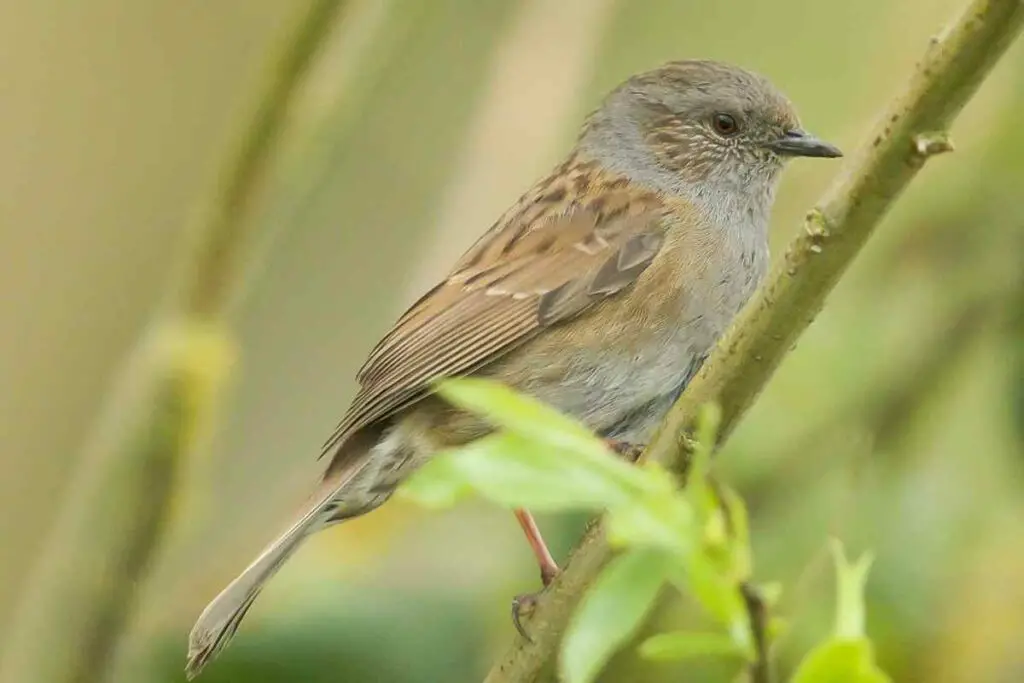
Habitats and Feeding Habits
Understanding where dunnocks and sparrows prefer to live and what they eat is important for identification. While both birds can be found in similar areas, their habitats and dietary choices often differ significantly.
Preferred Habitats
Dunnocks prefer dense and shrubby areas. They are often found in gardens, hedgerows, and woodlands where they can hide among the foliage. Their secretive nature means they thrive in places with plenty of cover.
In contrast, sparrows are more adaptable and can be seen in open spaces such as parks and urban areas. They enjoy being near human habitats. Often found in gardens and alongside buildings, they readily use bird feeders.
Dunnocks tend to avoid open fields or areas without sufficient cover. Meanwhile, sparrows are less picky and can easily adjust to different environments.
Dietary Preferences
Dunnocks primarily feed on insects, spiders, and worms. Their slender beaks allow them to pick insects off leaves or to scratch through the ground for hidden larvae. This feeding style is essential for their survival, especially during breeding season.
Sparrows, on the other hand, have a more varied diet. They eat seeds, grains, and household scraps. This flexibility helps them thrive in human-populated areas where food sources are abundant.
While both birds enjoy insects, dunnocks rely heavily on them during summer months. Sparrows can easily switch to seeds when insects are less available. Understanding these dietary habits can add clarity to the identification process.









